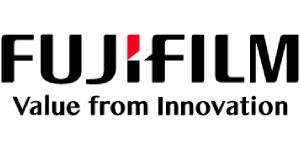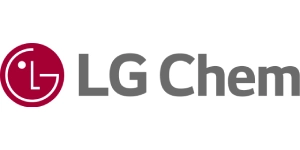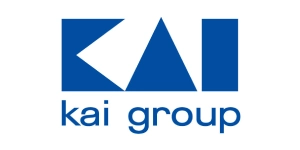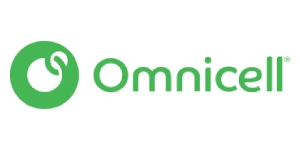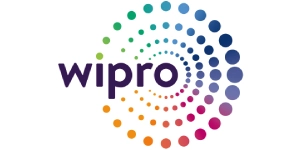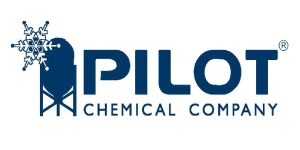Pressure Control Equipment Market Trends 2025: What's Driving Industry Change?
Category : Automotive Services | Published Date : May 2025 | Type : Press Release
The global pressure control equipment market is undergoing a significant transformation as industries prioritize safety, efficiency, and environmental sustainability. Pressure control equipment, such as valves, blowout preventers, control chokes, and others, plays a vital role in sectors like oil & gas, manufacturing, energy, and mining. As 2025 unfolds, the market is responding to dynamic forces including digitalization, environmental regulations, demand for operational reliability, and global energy diversification. This article explores the key trends reshaping the pressure control equipment market in 2025 and what’s driving this rapid industry evolution.
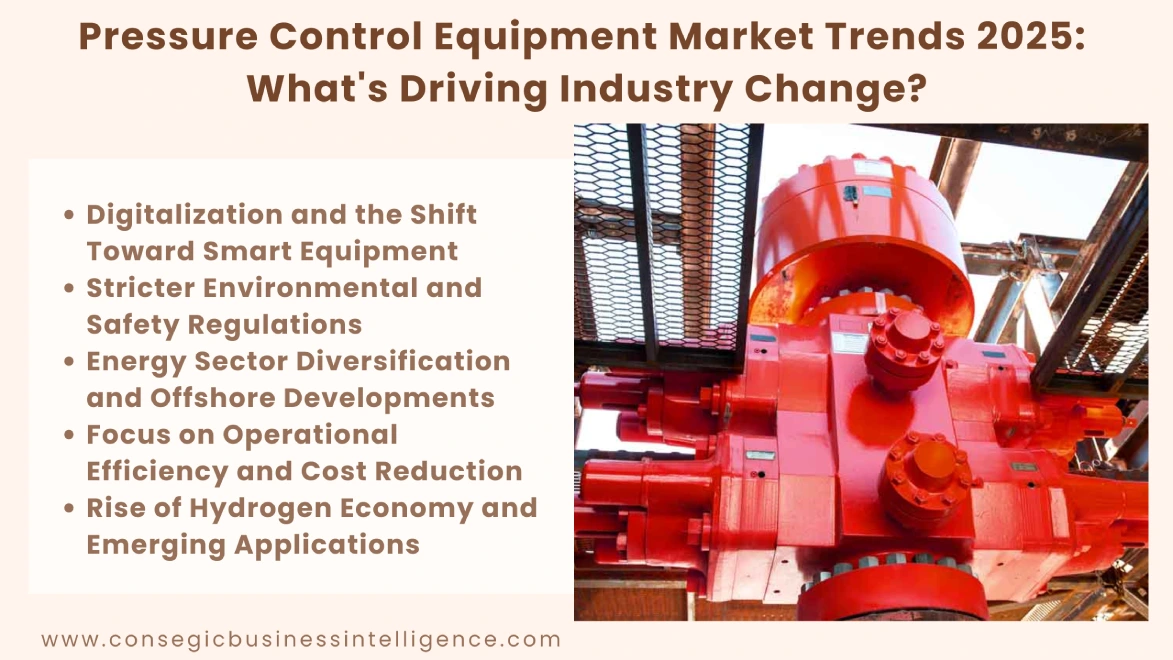
1. Digitalization and the Shift Toward Smart Equipment
The integration of digital technologies into pressure control systems is a significant trend in 2025. Advanced sensors, IoT connectivity, and real-time monitoring capabilities are now being embedded into valves, regulators, and control assemblies. This transition to smart pressure control equipment allows operators to remotely monitor and manage pressure fluctuations, detect anomalies, and automate responses to potential hazards.
In industries like oil & gas, where high-pressure operations are common, this digital transformation is essential for predictive maintenance and reducing downtime. Companies are investing in cloud-based platforms that integrate with control systems, enabling data analytics, diagnostics, and remote troubleshooting. As digital infrastructure becomes more accessible, digital pressure control solutions are replacing traditional, analog systems at an accelerated pace.
2. Stricter Environmental and Safety Regulations
Across the globe, environmental and occupational safety regulations are becoming more stringent, particularly in the energy and industrial sectors. Governments are tightening rules on emissions, leak detection, and hazardous material containment, pushing operators to upgrade aging pressure control systems to newer, safer models.
For example, in the United States, compliance with EPA standards and OSHA regulations is driving the adoption of high-integrity pressure protection systems (HIPPS) and advanced blowout preventers. Similarly, the European Union’s environmental regulations demand that equipment meet rigorous standards for leak prevention and operational control.
To remain compliant and avoid penalties, companies are increasingly choosing certified pressure control equipment that meets global safety norms such as API, ASME, and ISO standards. This regulatory environment is shaping purchasing decisions and accelerating product innovation across the value chain.
3. Energy Sector Diversification and Offshore Developments
With energy diversification gaining momentum, especially the shift from coal to natural gas and renewables, the demand for pressure control equipment is also evolving. Natural gas extraction and distribution, particularly LNG infrastructure, requires sophisticated pressure management solutions to maintain system integrity and prevent over-pressurization.
Moreover, offshore oil and gas operations are on the rise in emerging regions like Latin America, Southeast Asia, and West Africa. These high-pressure, high-risk environments require advanced pressure control solutions capable of withstanding extreme operating conditions.
In 2025, there is a clear trend toward modular, corrosion-resistant, and compact pressure control systems for offshore rigs, subsea installations, and floating production units. These systems not only offer durability and safety but also simplify maintenance and integration with automated control networks.
4. Focus on Operational Efficiency and Cost Reduction
Economic volatility and fluctuating raw material prices are compelling industries to optimize their operations. As a result, there is a growing emphasis on pressure control equipment that improves energy efficiency, extends service life, and reduces maintenance costs.
Manufacturers are innovating with self-actuating valves, low-torque chokes, and lightweight alloy materials to reduce wear and energy consumption. Additionally, there is a surge in demand for retrofit and upgrade solutions that allow existing systems to achieve higher efficiency without complete replacement.
Service providers are also offering pressure control-as-a-service models, where equipment is leased with built-in monitoring and maintenance, converting capital expenses into predictable operational expenditures. This trend is making pressure control solutions more accessible to small and mid-sized operators, further driving market growth.
5. Rise of Hydrogen Economy and Emerging Applications
The global push toward a hydrogen economy is introducing new applications for pressure control equipment. Hydrogen, due to its low density and high flammability, demands extremely precise and secure pressure control for production, storage, and distribution.
In 2025, companies are investing in hydrogen-compatible pressure regulators and safety valves that can withstand high pressures and reduce leakage risks. This shift is opening new opportunities for innovation and market expansion, especially in Europe, Japan, and South Korea, where hydrogen energy is being significantly promoted.
Beyond hydrogen, industries such as pharmaceuticals, food & beverage, and semiconductors are also investing in ultra-clean and highly responsive pressure control equipment to meet strict quality and process standards. These niche applications are becoming important growth segments for manufacturers that offer specialized solutions.
Conclusion
The pressure control equipment market in 2025 is being reshaped by a convergence of digital innovation, regulatory demands, energy transitions, and new industrial applications. Smart, safe, and efficient systems are no longer optional, they are essential for competitiveness and compliance. Companies that invest in advanced technologies, sustainable materials, and flexible service models will be well-positioned to lead in this evolving landscape. As global industries continue to demand reliability and precision under pressure, the market is poised for robust, innovation-led growth.


